The flowers of late winter and early spring occupy places in our hearts well out of proportion to their size
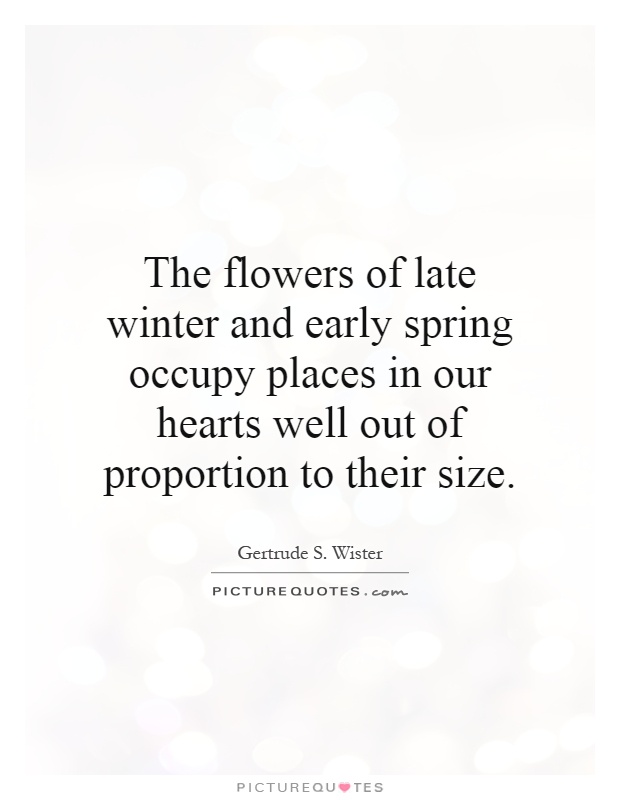
The flowers of late winter and early spring occupy places in our hearts well out of proportion to their size
Gertrude S. Wister, a renowned American horticulturist and author, once famously said, “The flowers of late winter and early spring occupy places in our hearts well out of proportion to their size.” This quote beautifully captures the essence of the profound impact that flowers have on our lives, especially during the transitional seasons of winter and spring.Late winter and early spring are times of great anticipation and hope, as we eagerly await the arrival of warmer weather and the renewal of life in nature. During these months, when the landscape is still barren and the days are short, the sight of flowers blooming brings a sense of joy and optimism that is truly unparalleled. The delicate petals and vibrant colors of these early bloomers serve as a reminder that beauty and growth can emerge even in the harshest of conditions.
Gertrude S. Wister understood the power of flowers to uplift our spirits and touch our hearts in ways that go beyond their physical appearance. She recognized that the presence of flowers in our lives can evoke deep emotions and memories, creating a sense of connection to the natural world and to each other. In her work as a horticulturist, Wister sought to cultivate this sense of wonder and appreciation for the beauty of flowers, inspiring others to see the world through a lens of beauty and grace.
For Wister, flowers were not just objects of beauty, but symbols of resilience and hope. She believed that the simple act of planting a flower or tending to a garden could bring immense joy and fulfillment, reminding us of the cyclical nature of life and the power of growth and renewal. In her writings, Wister often spoke of the transformative power of flowers, describing them as “miracles of nature” that have the ability to heal and inspire us in times of need.
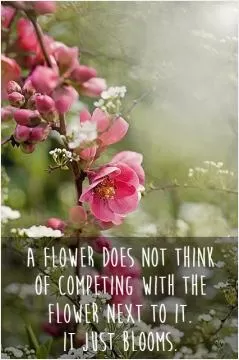

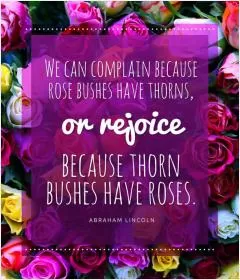
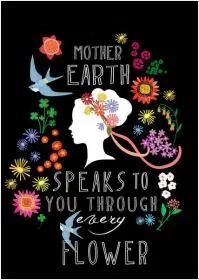
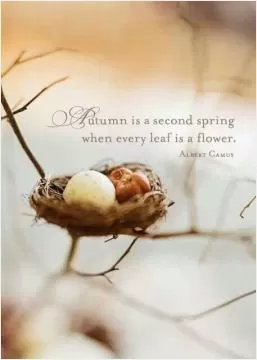
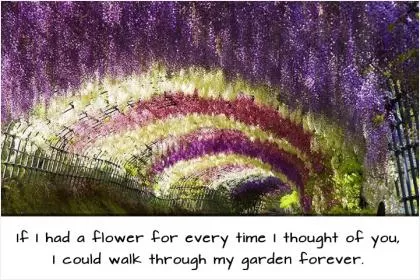
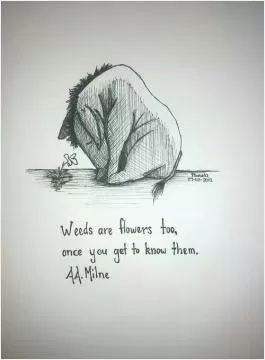
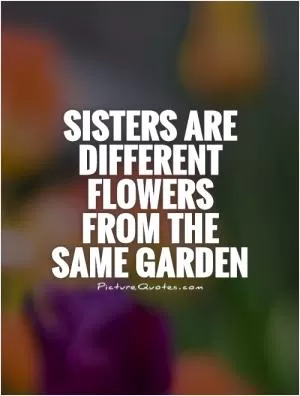
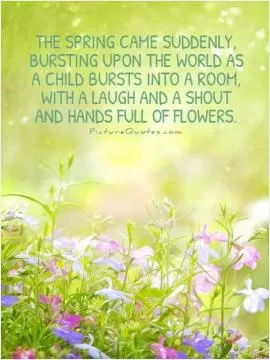
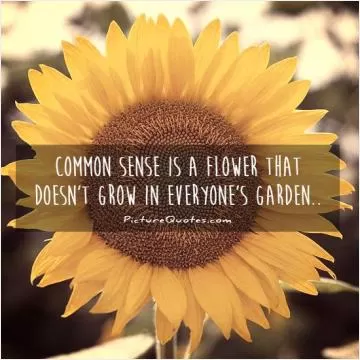


 Friendship Quotes
Friendship Quotes Love Quotes
Love Quotes Life Quotes
Life Quotes Funny Quotes
Funny Quotes Motivational Quotes
Motivational Quotes Inspirational Quotes
Inspirational Quotes